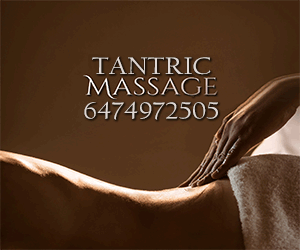


Massage therapy alone or combined with exercise therapy led to short-term reductions in pain intensity among people with subacute and persistent neck pain, as well as long-term boosts in perceived recovery, according to recent research.
The study, “Effectiveness of deep tissue massage therapy, and supervised strengthening and stretching exercises for subacute or persistent disabling neck pain. The Stockholm Neck (STONE) randomized controlled trial,” involved 619 adults with subacute or persistent neck pain.
Study Design
These subjects were randomly assigned to either a massage group, an exercise group, a combined massage and exercise group, or a control group that received advice to stay active.
Subjects in the massage, exercise and combined therapy groups received six sessions of their assigned intervention throughout a six-week intervention period. Subjects in the control group received three sessions of advice on staying active during the six-week intervention period.
Each massage session lasted 45 minutes, as did each exercise session. For the combined massage and exercise group, 25 minutes of exercise therapy were followed by 25 minutes of massage therapy.
Outcome Measures
The main outcome measures in this study were neck pain intensity and pain-related disability, both of which were assessed via the Chronic Pain Questionnaire. Secondary outcome measures were perceived recovery and absence due to sickness.
All outcome measures were assessed before the start of the six-week intervention period and again at seven, 12, 26 and 52 weeks.
Results of the research revealed improvement in pain intensity among subjects in the massage group and the combined massage and exercise group as compared to those in the advice-only control group. These improvements occurred in the massage group at weeks seven and 26 and in the combined therapy group at weeks seven and 12.
However, improvement in pain intensity was greatest among subjects in the exercise group at week 26. Perceived recovery was higher in all three intervention groups at all assessment times compared to the control group. No consistent significant differences in pain-related disability or absence due to sickness were observed.
Findings
“Our findings suggest that a short course of deep tissue massage alone or in combination with strengthening and stretching exercises could be a treatment option for persons with subacute and persistent neck pain,” state the study’s authors. “Clinicians and patients should not expect a higher decrease in levels of pain intensity or disability by using these therapies instead of advice to stay active, but rather an improvement in other dimensions of the condition, better measured by perceived recovery.”
Authors: Eva Skillgate, Oscar Javier Pico-Espinosa, Pierre Côté, Irene Jensen, Peter Viklund, Matteo Bottai and Lena Holm.
Sources: Musculoskeletal and Sports Injury Epidemiology Center, Unit of Intervention and Implementation Research for Worker Health and Unit of Biostatistics, Institute of Environmental Medicine, Karolinska Institute, Stockholm, Sweden; Scandinavian College of Naprapathic Manual Medicine, Stockholm, Sweden; and Center for the Study of Disability Prevention and Rehabilitation, University of Ontario Institute of Technology, Toronto, Canada. Originally published online in October 2019 in Musculoskeletal Science and Practice.
Related Posts
Comments
comments
































































































